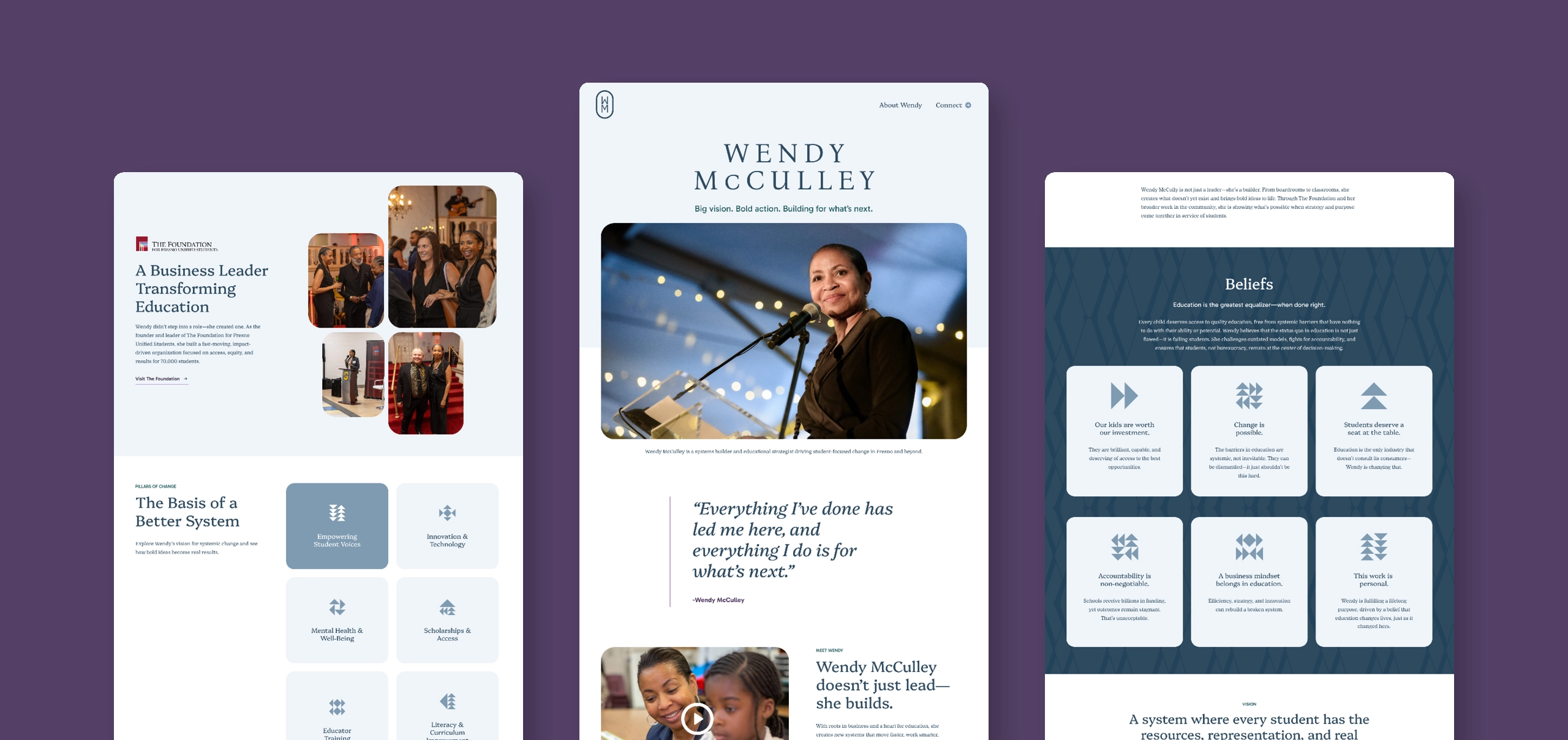
Overview
Voice & Tone
Messaging
Logo
Color
Typography
Photography
Visual Elements
Examples
Overview
Organization Info
Organization & Initiative
About
About Wendy McCulley
A Business Leader Transforming Education
Wendy McCulley’s journey is one of resilience, reinvention, and relentless purpose. From Memphis to Harvard, from the boardroom to the classroom, she’s navigated systems not built for her—then built new ones that work better. Today, she leads with a rare combination of strategy and soul, transforming how public education supports students and communities.
“The barriers in education aren’t about ability. They’re systemic—and they can be removed.” <or> “Education shouldn’t be about survival. It should be about possibility.” <or> “A student’s potential shouldn’t be limited by a system designed for the past.”
Brand Foundations
From Potential to Purpose
Originally from Memphis, Wendy’s journey into education was deeply personal. She moved to Connecticut in 11th grade through a scholarship from A Better Chance, a nationally recognized program that places high-performing students of color in some of the country’s top schools. This opportunity set her on a path to Harvard University, where she earned a degree in history. She went on to earn an MBA in corporate management from the Wharton School at the University of Pennsylvania, followed by a Master’s in education policy from Penn’s Graduate School of Education. Her early career spanned leadership roles in corporate growth and strategy, including positions at Mattel, a tech startup, Edmunds.com, and a division of Experian.
In 2016, Wendy was selected as a FUSE Executive Fellow by Superintendent Mike Hanson to support Career Technical Education initiatives at Fresno Unified School District. FUSE is a national nonprofit that partners with local governments to drive systemic change in communities. Through this work, she discovered the potential for synergy between business and education—and the urgency of applying that synergy to support students.
Breaking Barriers to Build Better Schools
From her earliest days at the district, Wendy was trusted by top leaders to build and shape a variety of programs. In 2020, she established The Foundation for Fresno Unified Students from the ground up, building an organization designed to bring resources, innovation, and access to the district’s 70,000 students. While traditional paths into education leadership often prioritize academic credentials alone, Wendy’s combination of business expertise and education policy experience positioned her to take a different approach. Her leadership emphasizes accountability and student-centered design. Rather than conforming to outdated models, she challenges systems to move faster, work smarter, and always stay focused on what’s best for students.
Wendy McCully is not just a leader—she’s a builder. From boardrooms to classrooms, she creates what doesn’t yet exist and brings bold ideas to life. Through The Foundation and her broader work in the community, she is showing what’s possible when strategy and purpose come together in service of students.
Beliefs
Education is the greatest equalizer—when done right.
Every child deserves access to quality education, free from systemic barriers that have nothing to do with their ability or potential. Wendy believes that the status quo in education is not just flawed—it is failing students. She challenges outdated models, fights for accountability, and ensures that students, not bureaucracy, remain at the center of decision-making.
- Our kids are worth our investment. They are brilliant, capable, and deserving of access to the best opportunities.
- Change is possible. The barriers in education are systemic, not inevitable. They can be dismantled—it just shouldn’t be this hard.
- Students deserve a seat at the table. Education is the only industry that doesn’t consult its consumers—Wendy is changing that.
- Accountability is non-negotiable. Schools receive billions in funding, yet outcomes remain stagnant. That’s unacceptable.
- A business mindset belongs in education. Efficiency, strategy, and innovation can rebuild a broken system.
This work is personal. Wendy is fulfilling a lifelong purpose, driven by a belief that education changes lives, just as it changed hers.
Vision
A system where every student has the resources, representation, and real opportunities they need to thrive.
Wendy McCulley envisions an education system that empowers, equips, and elevates students—not one that limits them. Her work is rooted in a fundamental truth: talent is universal, but opportunity is not. Her vision is clear:
- Schools that prepare students for real-world success—academically, professionally, and personally.
- Teachers who are empowered, not burdened—equipped with both subject expertise and cultural competency.
- A system that moves at the speed of need—removing bureaucracy and putting students first.
Communities that invest in education as their greatest asset—because student success fuels regional success.
Voice & Tone
Brand Promise
Big vision. Bold action. Building for what’s next.
Wendy McCulley is a systems builder and educational strategist driving student-focused change in Fresno and beyond.
Wendy McCulley doesn’t just lead—she builds.
With roots in business and a heart for education, she creates new systems that move faster, work smarter, and keep students at the center. As the founder of The Foundation for Fresno Unified Students, Wendy is championing bold, tangible change across one of California’s largest school districts by offering a new model for what’s possible.
A Business Leader Transforming Education
Wendy didn’t step into a role—she created one. As the founder and leader of The Foundation for Fresno Unified Students, she built a fast-moving, impact-driven organization focused on access, equity, and results for 70,000 students.
Voice Characteristics
Tone & Voice Guidelines for Social Media
Primary Objective: Position Wendy as a person worth knowing and noting in the Fresno philanthropic, educational, and business leadership communities—not through personal promotion, but through compelling documentation and commentary of the impact and innovation she’s building via The Foundation for Fresno Unified Students.
Guiding Principle: “Show her work. Let the work speak for her.”
| Trait | Expressed As |
| Humble | Avoid "look what I did"; focus on "here’s what we’re building." |
| Visionary | Use systemic thinking and long-term framing. |
| Builder-first | Highlight projects, outcomes, coalitions—not opinions. |
| Empowering | Share wins for students, educators, and community leaders. |
| Relational | Acknowledge and elevate partners, teams, and stakeholders. |
Core Pillars of Content
| Pillar | Description | Platforms |
| Projects in Motion | What Wendy is building—grants secured, partnerships formed, pilots launched. | IG, FB, LinkedIn |
| Impact in Action | Showcasing real student benefit, from mental health to digital skills expansion. | IG, FB |
| Quiet Leadership | Posts that illustrate systems-level influence without positioning her as a "guru." | |
| Coalition Moments | Celebrating cross-sector collaboration and behind-the-scenes partnership work. | IG, FB, LinkedIn |
| Student Voices | When appropriate, share anonymized or approved quotes/stories from youth. | IG, FB |
| Reflections | Thoughtful takeaways from events or wins that subtly communicate thought leadership. | |
| Tech & Mental Health Spotlights | Posts that explain why these two issues matter in Fresno, showing Wendy’s fingerprint on the strategy. | IG, FB, LinkedIn |
Messaging
Sample Messaging
Sample Post Concepts by Pillar
Projects in Motion (IG & FB)
Visual: Wendy reviewing blueprints or site visit with a partner org
Caption: “We’re preparing to launch something new. Fresno students deserve infrastructure that meets their pace—and we’re building just that. Big thanks to [@partner] for joining us at the table.”
Impact in Action (IG & FB)
Visual: Smiling student with laptop, blurred ID
Caption: “When students have the tools, the confidence follows. We just wrapped up a pilot that brought future-baseline tech skills into more classrooms—AI included.”
Quiet Leadership (LinkedIn)
Post Text: “I’m often asked how change happens in public education. Truthfully, it looks less like fireworks and more like dashboards, meetings that start on time, and really good questions from really smart students. What we’re building in Fresno isn’t just about programs. It’s about permission to do things differently. And that starts with trust.”
Platform-Specific Recommendations
Facebook (Personal Page)
- Used for reposting Foundation content, always adding personal captions.
- Good for photo albums, community announcements, and more personal-feeling posts that still elevate the work.
- Wendy should keep engagement consistent by reacting and commenting on civic org pages, school updates, and partner posts.
Instagram (Personal Grid + Stories)
- Grid = polished, professional work updates
- Stories = behind-the-scenes, travel, in-progress sneak peeks (low production)
- Best for visual storytelling, Reels about events, and humanized updates
- Wendy should occasionally reshare partner content, using the “Add Yours” sticker in Stories to create conversation.
- Primary platform for quiet thought leadership
- Focus on: project updates, strategic reflections, cross-sector influence
- Showcase impact subtly: “We just launched…” instead of “I’m proud to…”
- Tag influencers, orgs, and execs to quietly build up Wendy’s network and visibility
- Wendy should comment meaningfully (not just “Great!”) on:
- Posts from school superintendents, business orgs, education nonprofits
- Local philanthropic orgs (Fresno BHC, CVCF, Waverley Street Foundation, etc.)
- LinkedIn articles or studies about ed policy, student well-being, tech skills, AI in learning
Logo
Variations
Primary Logo

Logomark
This version of the logo should be used only when space constraints are paramount.

Submark

Clearspace
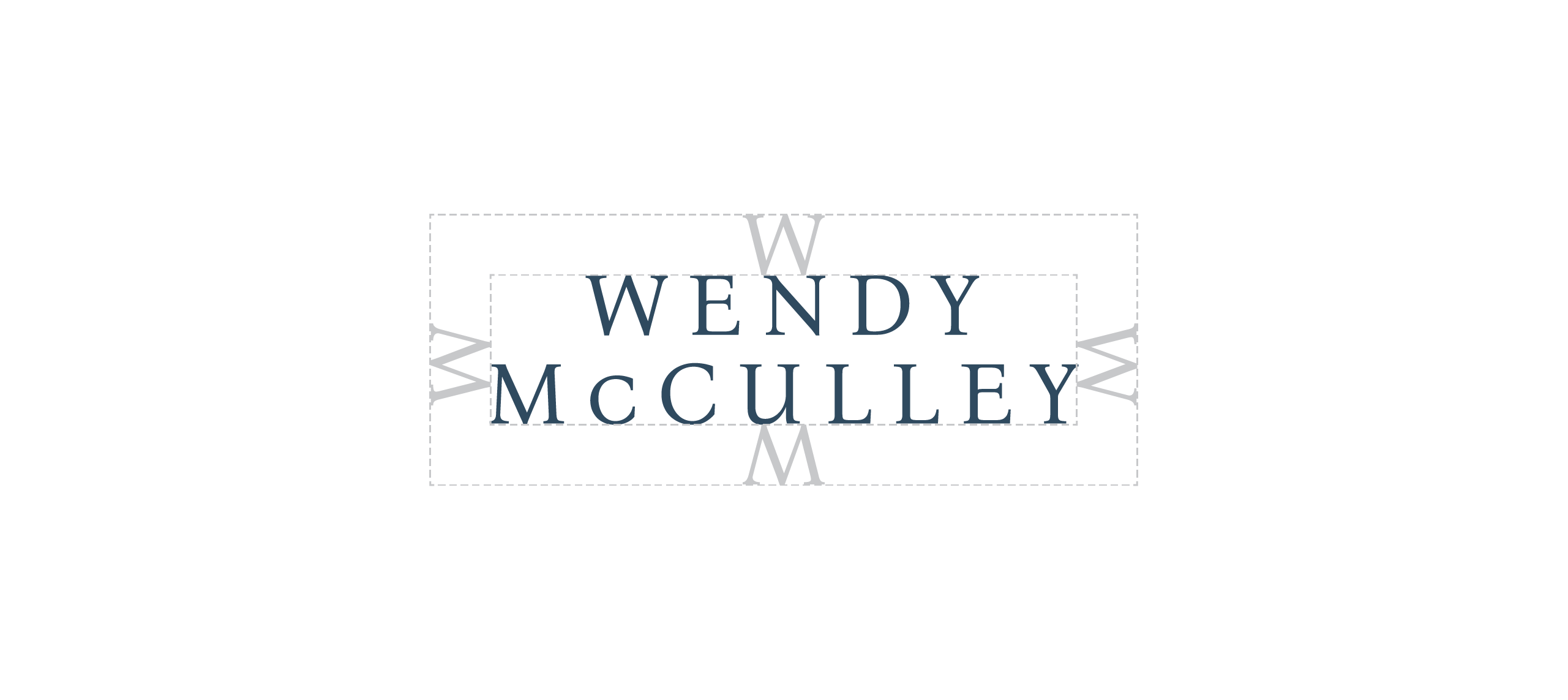
Minimum Size
The primary logo should be represented no smaller than 1.75” wide. The logomark should be represented no smaller than 1” wide. The submark should be represented no smaller than 0.625” wide when used individually.

Logo Usage
Use the primary logo whenever possible.

Use the primary logo on light background colors.
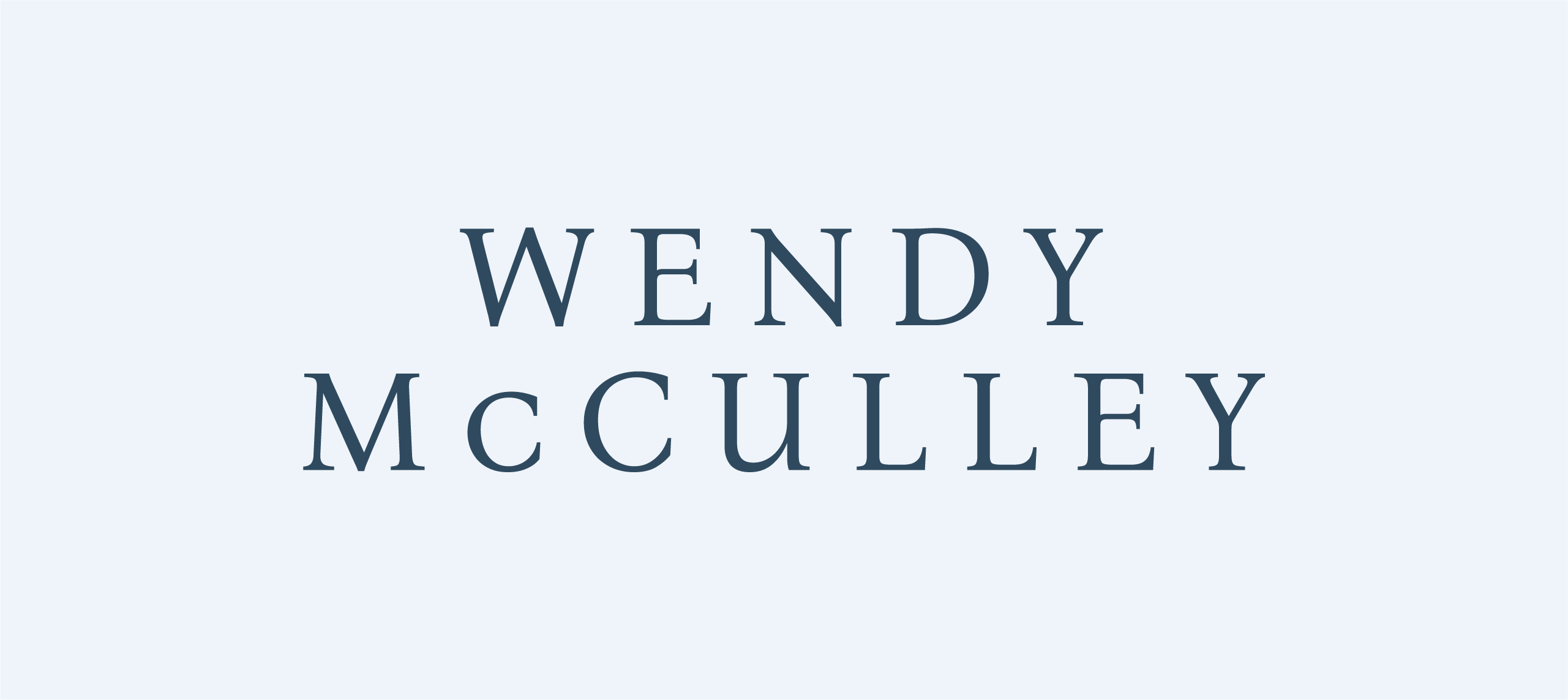
Use the grayscale logo when color isn’t available.

Use the white one-color logo on dark colors.
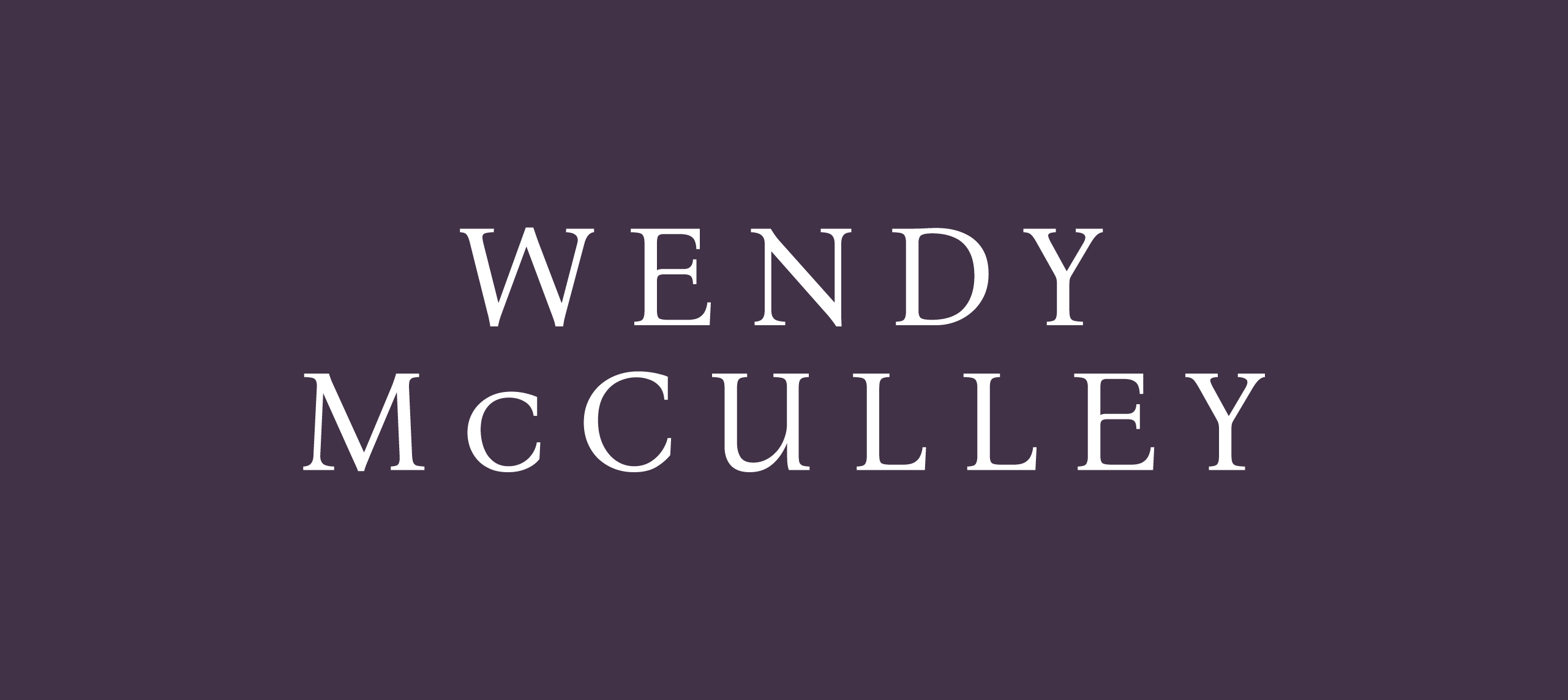
Photo Background
There are many ways the logo can be used on photographic backgrounds, but each option should be exercised with care, ensuring that the logo and type aren’t obstructed by the image. In most cases, using the reverse of the primary logo should give enough contrast.
Tips:
1. Photos with shallow depths-of-field work best.
2. Avoid busy images with too much detail.
3. Avoid covering faces.
4. Applying a dark, 20-30% transparent overlay on an image helps to make the logo more legible.
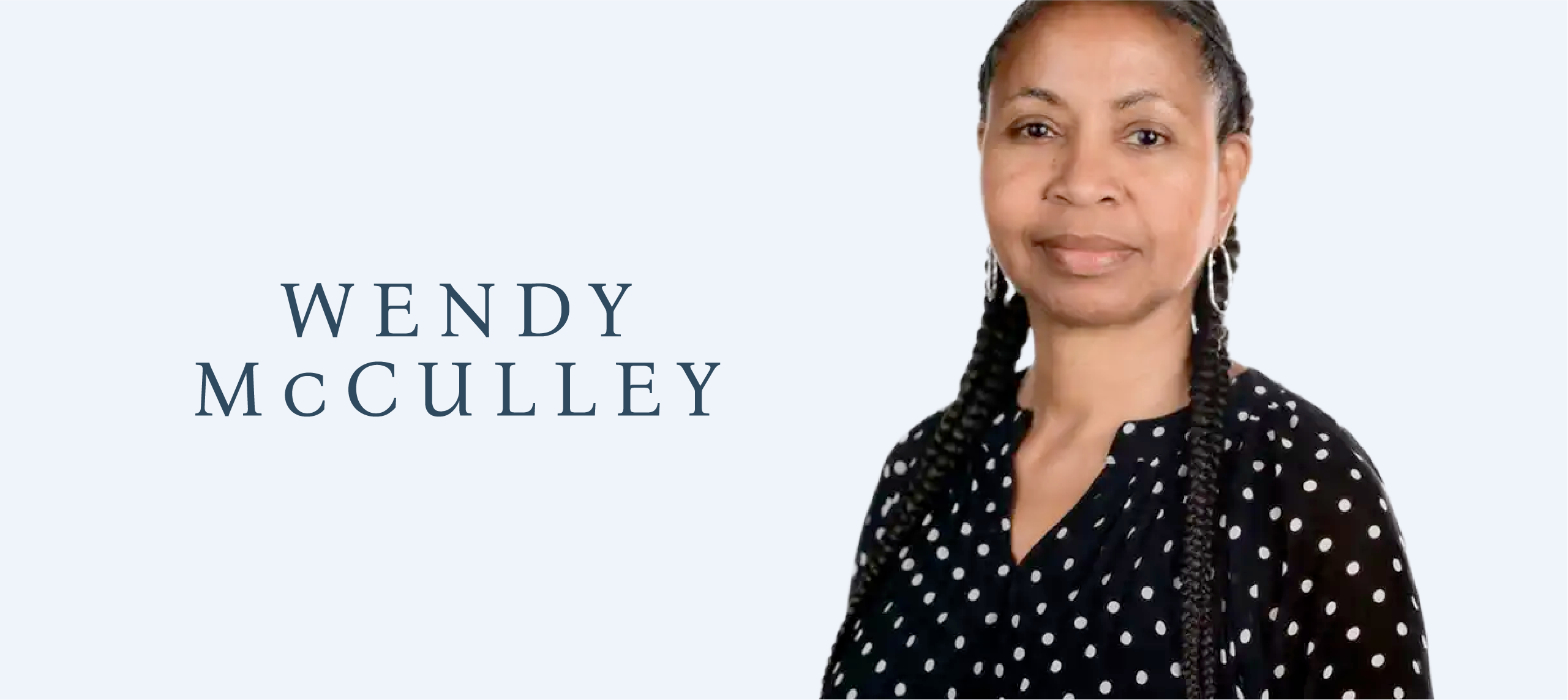
One-Color Logo on Dark Image Background

Misuse
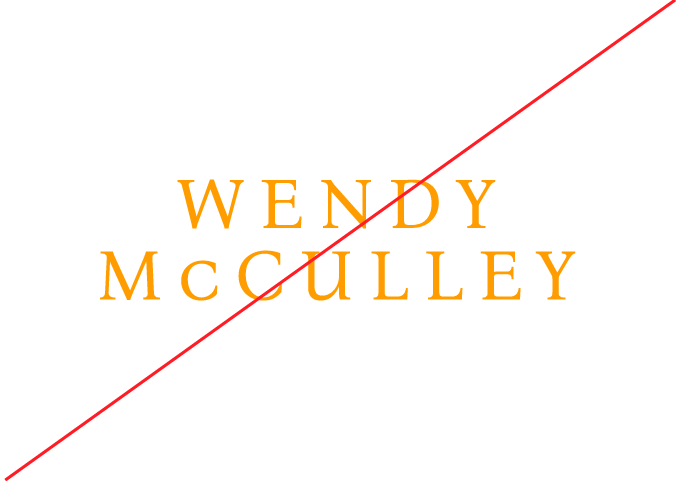
Don’t use off-brand colors. Please reference the color usage section.

Don’t rotate the logo.
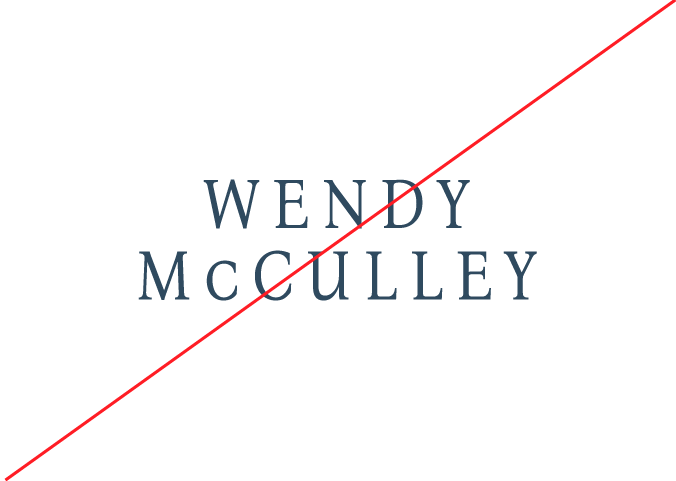
Don’t skew or distort the original dimensions.
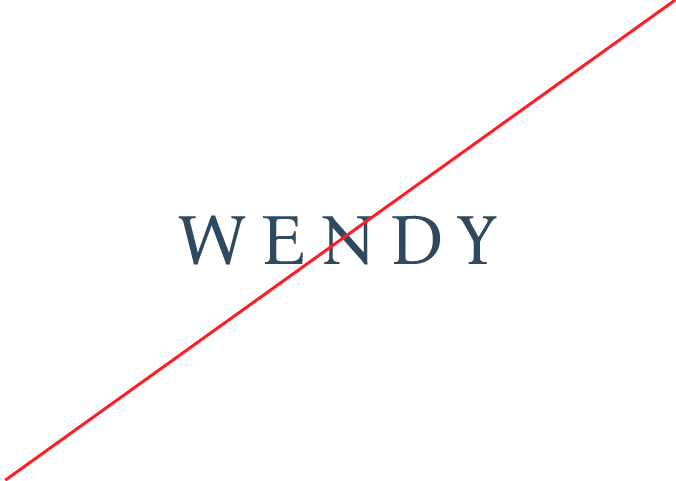
Don’t remove any elements of the logo.
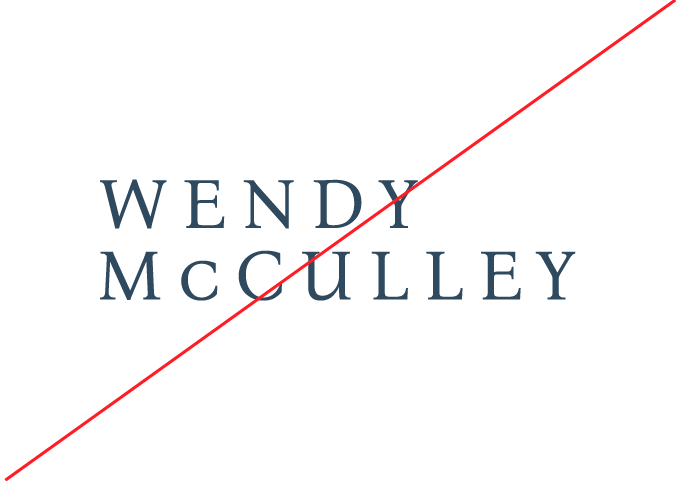
Don’t rearrange any elements of the logo.
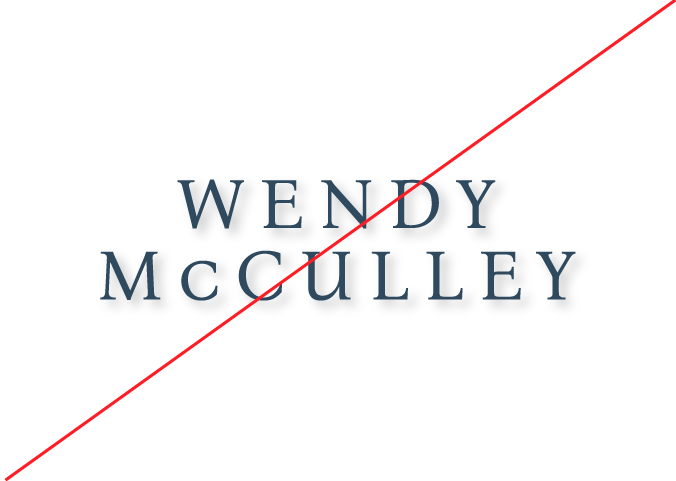
Don’t apply drop-shadows, glows, or any unflattering effects to the logo.

Don’t use color versions of the logo on darker colored backgrounds.

Don’t use any version of the logo on low-contrast backgrounds.
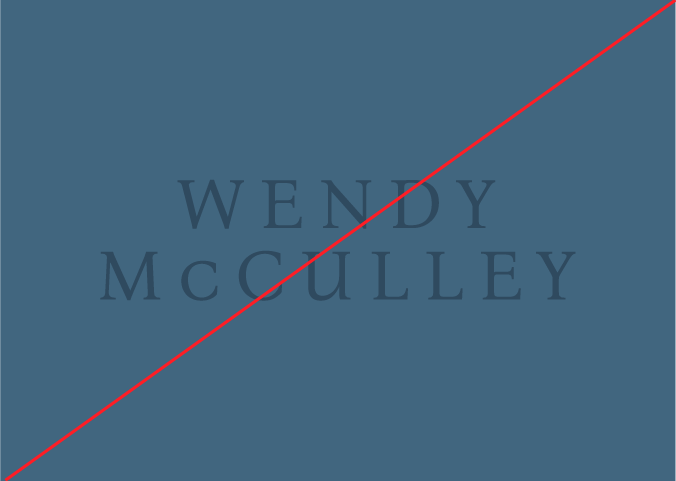
Avoid using background tones similar to the colors in the logo.
Placement
Primary Logo Placement
Logomark
Color
Primary Palette
Color Allocation
Technical Specifications
Application
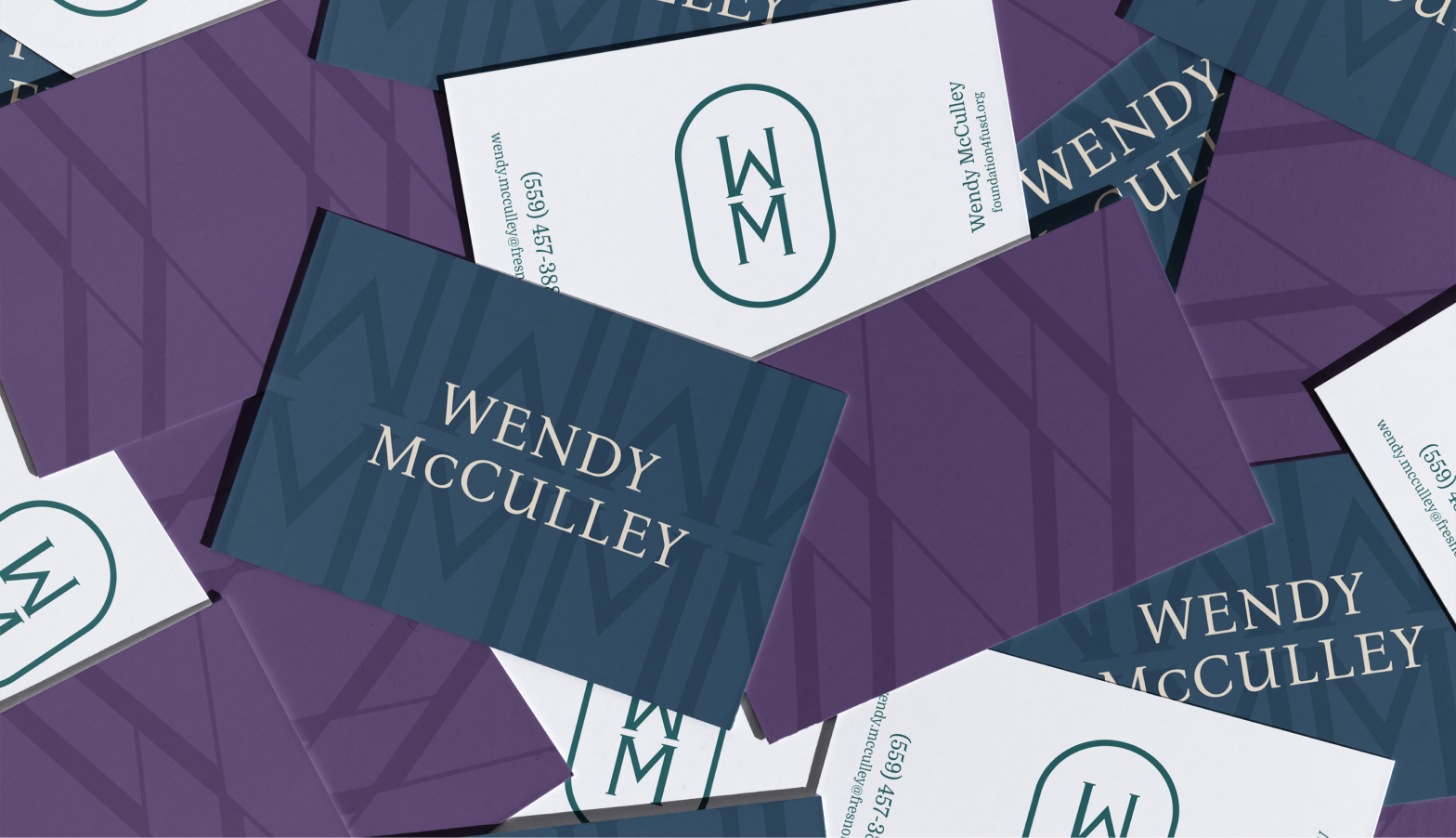
Typography
Character Sets
Gabarito
, 700
, normal
Uppercase
Numerals
Symbols & Punctuation
Platypi
, 800
, normal
Uppercase
Lowercase
Numerals
Symbols & Punctuation
Domine
, 400
, normal
Uppercase
Lowercase
Numerals
Symbols & Punctuation
Gabarito
, 400
, normal
Uppercase
Lowercase
Numerals
Symbols & Punctuation
Examples
Application
